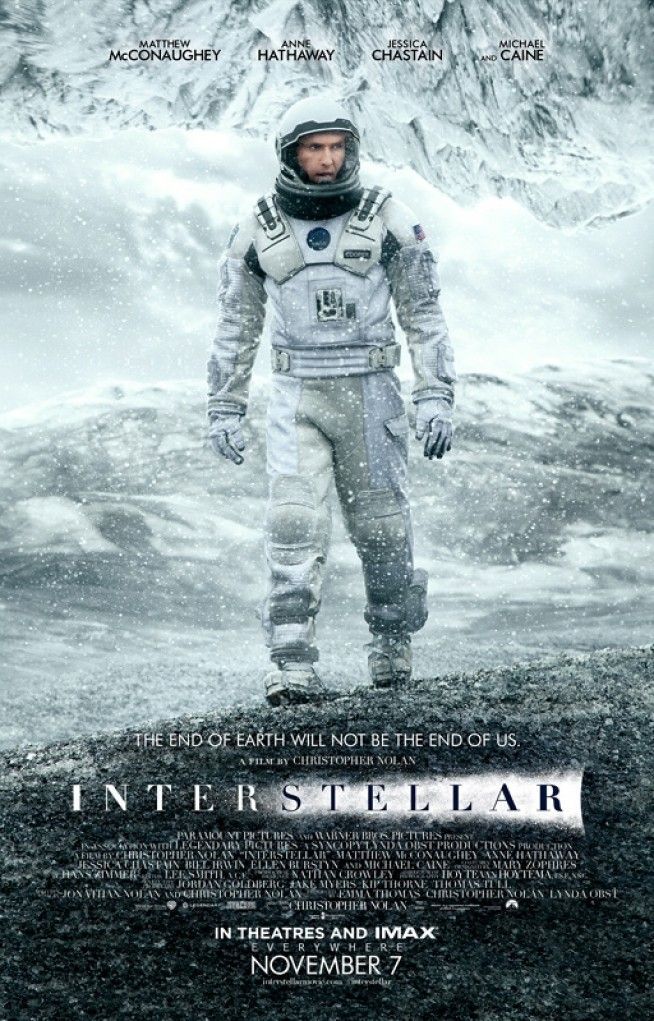Christopher Nolan’s 2014 sci-fi movie Interstellar is one thing of a contemporary traditional, a movie that makes an attempt to make quantum physics digestible to the plenty. Its scientific accuracy has been a topic of debate since its launch over a decade in the past, although Nolan did collaborate with theoretical physicist Kip Thorne to make sure that even its wildest ideas at the least had some scientific foundation.
A lot has been manufactured from the movie’s black hole-traversing, time-spanning climax, however there’s one other aspect that stands out as among the many weirdest and hardest to fathom: time dilation. We like to think about time as a relentless, unchangeable side of the universe, however this is not actually the case, and Interstellar explores this to nice impact, in methods each mind-blowing and emotionally devastating. Nolan’s movies aren’t at all times identified for being completely digestible on first watch, so let’s unpack one among Interstellar’s wildest bodily phenomena.
What Is Time Dilation?
Time dilation, particularly gravitational time dilation in Interstellar’s case, was first theorized by none apart from Albert Einstein in his concept of common relativity in 1915, and can be demonstrated many occasions within the a long time that adopted. Mainly, the concept is that point strikes both quicker or slower relying on the gravitational power exerted on the clock, or the gap from that gravitational power. In different phrases, time strikes extra slowly close to an object with a stronger gravitational power relative to 1 additional away. On Earth, this has been demonstrated by totally different atomic clocks at totally different distances from the middle of the planet, ending up studying barely totally different occasions.
On our planet, the impact is kind of small, because the gravitational pull is way decrease in comparison with, say, a black gap. However in Interstellar, the gravity of a black gap is exactly the issue. Black holes have a fully huge gravitational area, primarily stretching to infinity on the fringe of the opening, often known as the occasion horizon. Because the crew of the Endurance travels to a galaxy containing a black gap known as Gargantua looking for potential liveable planets, the gravity exerted by the black gap grows stronger the nearer they get. Because of this time passes rather more slowly on these planets relative to 1 a lot additional away, like Earth.
When the crew decides to take a look at a water planet close to the black gap, it is calculated that for each hour they spend on the planet, seven years may have handed on the Endurance and Earth, given the distinction in gravity. For Cooper (Matthew McConaughey), it is a powerful tablet to swallow, because it means he’ll be lacking his youngsters’ whole childhoods. After being hit by a large wave and barely escaping the planet, they return to the Endurance to seek out that 23 years have handed since they left, although for them, it was only a few hours.
Whereas the impact of gravitational time dilation could be very actual, there’s some disagreement as as to whether such an excessive dilation can be potential on a planet in secure orbit round a black gap. Its orbit must be secure in order that it would not find yourself getting pulled into the black gap, and the physics present that the dilation impact can be a lot smaller than what occurs within the movie. In his companion e-book, The Science of Interstellar, Thorne says that such a big impact was a non-negotiable for Nolan for dramatic functions, so he tried to seek out methods to make it believable, primarily by assuming Gargantua is spinning at an extremely quick price. So far as different physicists are involved, it is nonetheless largely thought of a stretch (pun positively meant).
Why ‘Interstellar’s Time Dilation Issues (Even when It Is a Stretch)
The time dilation in Interstellar is vital to the movie’s general dedication to scientific accuracy, but it surely’s much more vital on an emotional stage. Cooper leaves his household figuring out the sacrifices they may all must make, telling his daughter Murph (Mackenzie Foy as a toddler and Jessica Chastain as an grownup) that he’ll be again, figuring out there is a excessive chance he will not, at the least for a really very long time. This offers the movie its strongest emotional throughline, as Cooper has to observe his youngsters develop up, changing into adults with their very own households and careers, from lightyears away.
Gravitational time dilation is a fairly difficult idea to wrap one’s head round (and even trickier to jot down about — belief me), however its results on the characters are palpable. Interstellar stands as one among Nolan’s most emotionally charged movies, as Cooper’s love for his youngsters fairly actually transcends spacetime. This emotional connection is extraordinarily vital to the story, bringing its obtuse bodily ideas right down to Earth (so to talk). Nolan and Thorne could have needed all the things in Interstellar to be grounded in accepted scientific understanding, however typically issues should be stretched a bit for the sake of storytelling, and Nolan was proper to insist on this explicit piece.
Stream on Paramount+.

Interstellar
- Launch Date
-
November 7, 2014
- Runtime
-
169 Minutes
